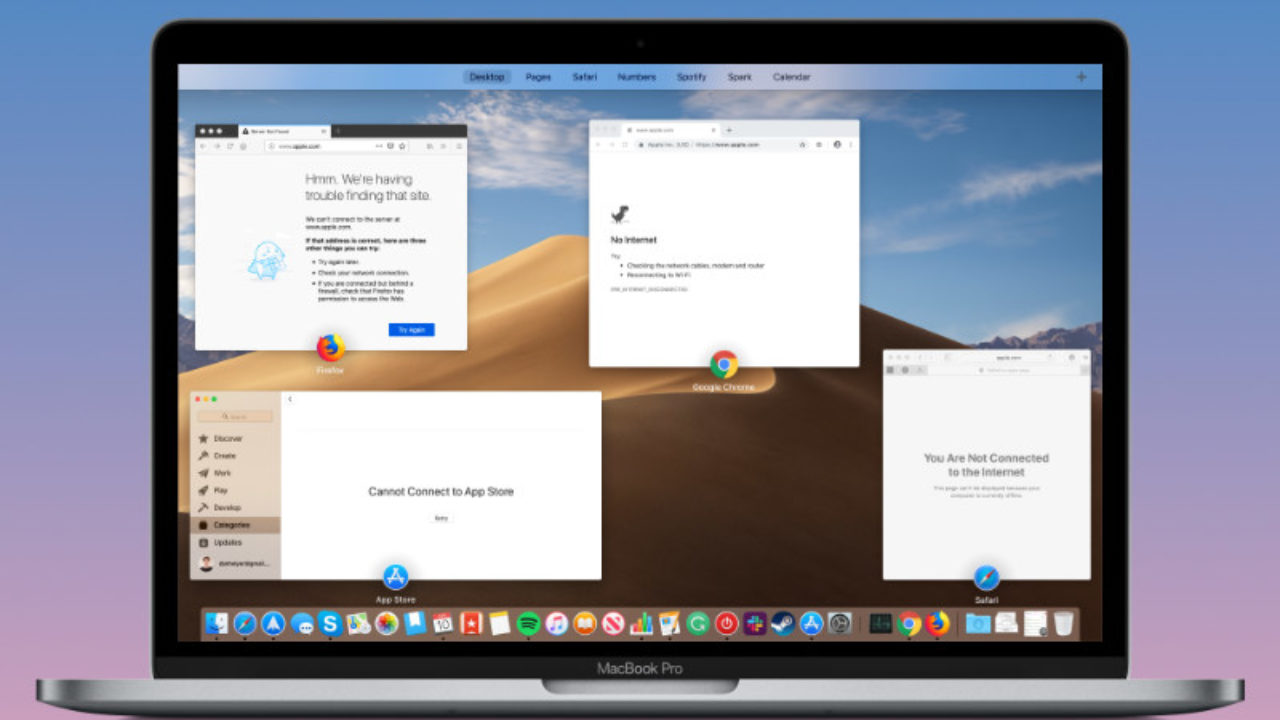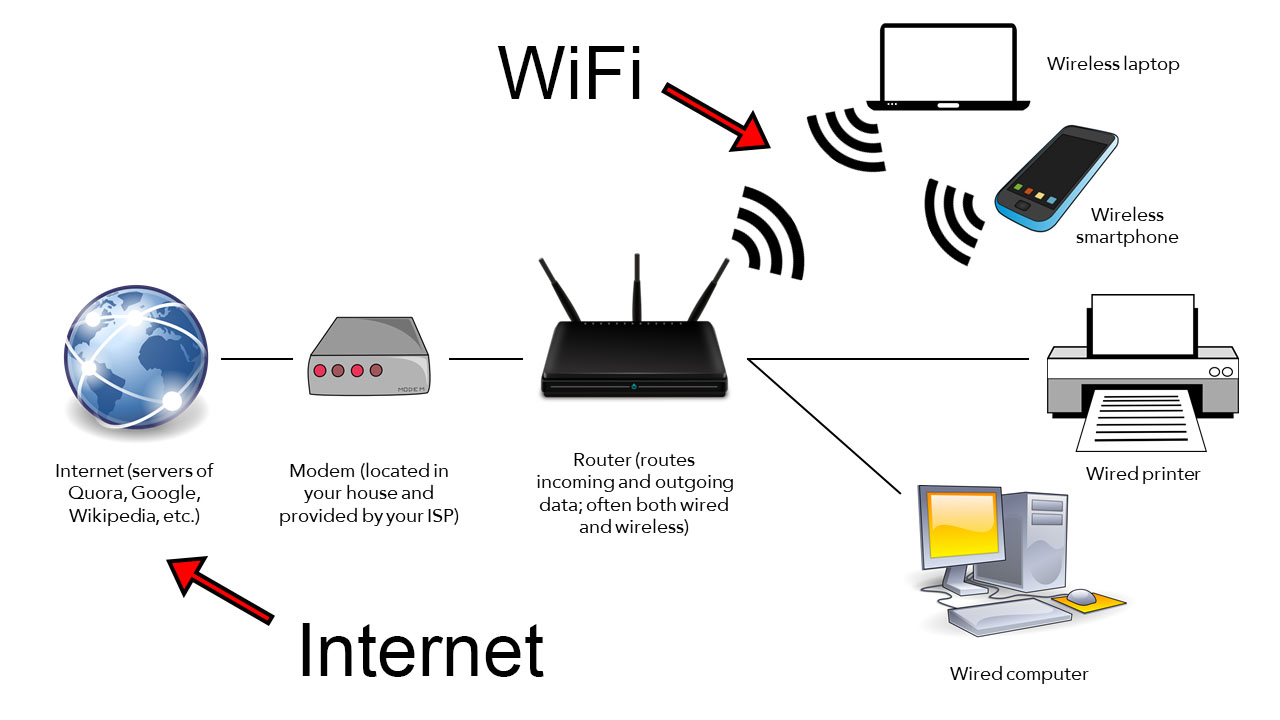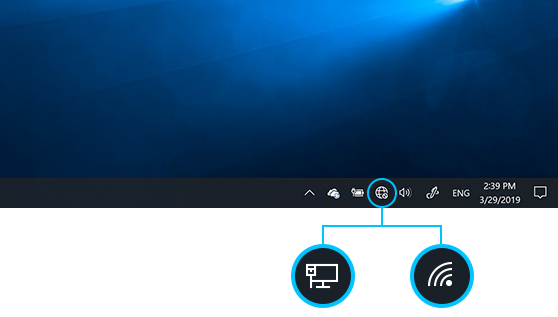

By using an Ethernet cable rather than a WiFi connection, you are likely to suffer much less from stuttering and buffering with gaps while content tries to load (e.g.

Netflix recommends a steady broadband speed of 25 Mbps for the best experience.

The situation for most people is going to get worse, as we all migrate to Ultra HD 4k services, which require very high, steady bit rates. For example, live Ultra HD content on BBC iPlayer requires a steady connection of about 40 Mbps, as described in our BBC iPlayer Ultra HD review. We absolutely understand that laying cables can be a pain but, given how often streamed services are used, the effort will repay itself many, many times. This could have been instantly fixed by using an Ethernet cable. We have lost count of the number of times we have seen broadband users complain of poor and unreliable performance with streamed services such as Netflix to discover that this was due to a WiFi connection being used, particularly where the WiFi router was located in another room. desktop PCs that utilise voice telephony/conferencing.smart TVs, set-top-boxes and media streamers.Where possible, we strongly recommend connecting devices to your router (or a nearby switch) using Ethernet cables, particularly: Netflix, Amazon Prime, iPlayer and Disney Plus), online gaming and video telephony/conferencing (e.g. These can particularly severely affect services that require high data rates and/or low latency, such as streamed TV services (e.g. While WiFi is often used to connect all devices within a home or office because of its convenience, WiFi inevitably introduces performance degradation to your broadband connection by reducing speeds (particularly if you are located a significant distance from your WiFi router/access point) and introducing additional delay (latency) and delay variability (jitter). Many performance problems are actually caused by WiFi and not the broadband connection that comes into your home or office.


 0 kommentar(er)
0 kommentar(er)
